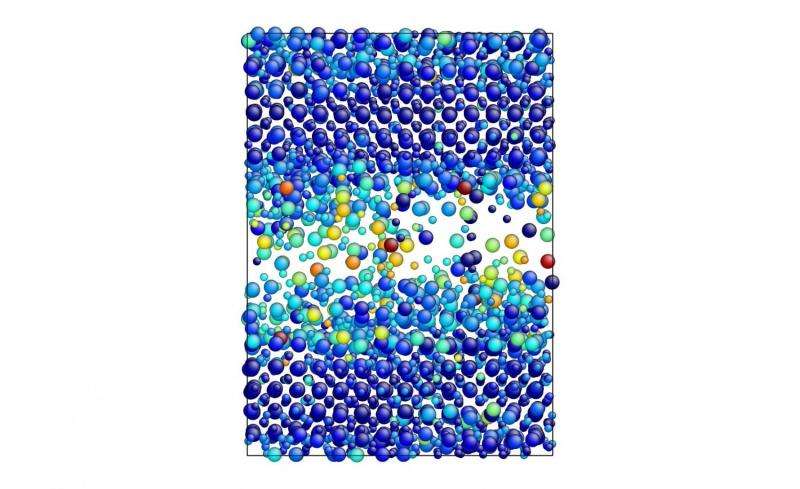Research could yield more resilient ceramic material for future spacecraft

A University of Texas at Arlington engineer is modifying molecular structures and blending ceramics to create new material that would be less brittle but retain the strength of the original ceramic and could be used on spacecraft, in power plants and for other applications.
Ashfaq Adnan, a UT Arlington assistant professor in the Mechanical and Aerospace Engineering Department, was awarded a highly competitive $120,000 Early-concept Grant for Exploratory Research or EAGER award from the National Science Foundation to advance his work.
"Certain engineering structures need to operate at very high temperature. The space shuttle is one such structure. Although metals are very resilient, the challenge with using them at very high temperatures is that they melt," Adnan said. "Ceramics are very strong but also are very brittle. In engineering terms, it means ceramics are not 'tough.' Think of what happens when you drop a ceramic mug or plate. It shatters.
"This research will yield a new generation of ceramics that can withstand both extreme heat and collisions."
Adnan said the advanced ceramic material could solve problems commonly associated with future spacecraft.
Adnan said his team has discovered that by blending different ceramics within the same family, they can gain this added strength. The title of the project is "EAGER: Building Strong and Tough Multiphase Ceramics via Interface Tailoring." Interface tailoring is that blending of ceramic siblings.
Khosrow Behbehani, dean of the UT Arlington College of Engineering, applauded Adnan's work and emphasized the national recognition that the NSF award brings to UT Arlington.
"The EAGER grants that NSF awards are aimed at exploring concepts that have the potential of making a significant impact in the field," Behbehani said. "The awarding of this grant indicates that Dr. Adnan's idea about a new type of ceramic material has such a high potential."
Provided by University of Texas at Arlington




















